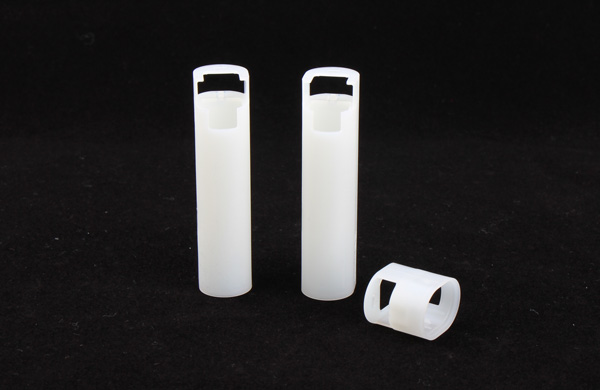In the complex process of injection molding, there are numerous factors leading to material shortage in products, among which mold design issues are particularly crucial. After thorough exploration and summarization by the Yize team, we reveal the specific details of the second major culprit causing material shortage in injection molded products – "mold" factors.
Insights from Plastic Injection Molding Factories
I. Defects in the Design of the Gating System
Flow Channel Size Issues: Excessively small, thin, or lengthy flow channels can increase the flow resistance of molten plastic, affecting the filling effect.
Optimizing Flow Channel Morphology: It is recommended to increase the diameter of the main flow channel and design the flow channels and runners in a circular shape to reduce fluid resistance and promote smooth plastic flow.
Imbalance in Flow Channel and Gate Sizes: Oversized flow channels or gates may result in insufficient injection pressure, while undersized ones may cause blockages. Precise calculations are necessary to ensure reasonable sizes.
Interference from Foreign Objects and Surface Roughness: The presence of foreign objects or rough, sharp edges in the flow channels and gates can obstruct material flow. They must be kept clean and smooth.
Inadequate Cold Well Design: Lack of sufficient cold wells or incorrect placement can affect the stability of plastic flow. Proper layout is essential.
Balance in Multi-cavity Molds: For molds with multiple cavities, careful planning of flow channel and gate size distribution is required to avoid partial cavity filling. Flow channels should be appropriately widened for distant cavities, and gates should be enlarged to ensure balanced injection pressure and material flow speed across all cavities.

II. Challenges in the Rationality of Precision Injection Mold Design
Excessive Design Complexity: Overly complex mold designs with numerous turns, improper gate locations, narrow flow channels, and inadequate or improper gate numbers or forms can all affect the filling effect.
Product Thickness and Auxiliary Flow Channels: For plastic products with thin local sections, the overall or local thickness should be increased, or auxiliary flow channels or gates should be added near areas with insufficient filling to improve the filling situation.
Lack of a Venting System: The absence of an effective venting system within the mold cavity can lead to incomplete product filling. A reasonable venting channel should be designed to ensure smooth gas release.
Adjusting Gate Balance: Multi-cavity precision injection molds are prone to gate imbalance issues. If necessary, the number of injection cavities should be reduced to ensure the quality of the remaining molded parts.
In summary, the rationality of mold design is crucial for avoiding material shortage issues in injection molding processing. The Yize team will continue to dedicate itself to the in-depth study of injection molding technology, providing you with more professional insights and solutions.